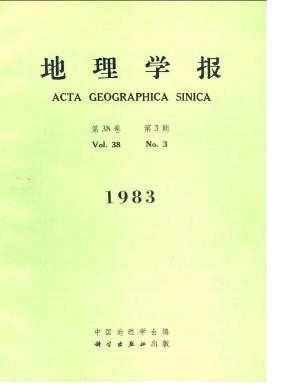Ching C. Chang
This paper discusses some problems concerning the following aspects: 1. The application of urban climatology: Urban climatology has long been consi-dered as an applied science and could make contributions to urban planning, but actually it has not played any significant role in urban planning. This is due to the fact that the great majority of the studies of urban climate in the past were of a descriptive nature, not many were devoted to analytical and theoretical research, and applied studies were even fewer. The lack of knowledge of urban planning on the part of urban climatologists is one of the main hindrances to applied research. The lack of knowledge of urban climate on the part of urban planners is also one of the major reason why urban climatology has played no im-portant role in urban planning. In order to change the situation, applied research must be emphasized, communication between urban climatologists and urban planners should be en-couraged, and mutual understanding and collaboration between them should be promoted. And the advancement of the study of the causes of urban climate will also be important." 2. The study of the causes of urban climate: The central theme of urban climatology is to study the mechanisms causing urban-induced climatic anomalies, but so far only a com-paratively small number of the studies were devoted to this theme. The great majority of the literature only reiterated the explanations offered by our predecessors long time ago and applied them indiscriminately to every city. Urban heat island, the most studied urban clima-tic phenomenon, can be used to illustrate this situation. The formation of heat island was ascribed, almost with no exception, to (1) reduction of wind speed in the urban area, (2) low albedo of the urban surface, (3) greater heat flux due to decreased evaporation from the urban surface, (4) greater heat storage capacity of the urban building materials, (5)great amount of anthropogenic heat released in the city, and (6) attenuation of out going long-wave radiation due to atmospheric pollution. The main issue here is that the causes mentioned above are all deduced according to theoretical reasoning and actually the relative role each of them plays in the formation of heat island varies greatly with different city, in different season, in different time of a day, and under different synoptic condition. Only causal analysis closely associated with given conditions of the city in question can improve our understanding of the mechanisms causing heat island. There were some studies in the past devoted to causal analysis, but most of them were restricted to relating the temporal variation of heat island to synoptic factors, and only a few attempted to analyse the relati-onship between the spatial variation of heat island and urban landuse types. The key of un-derstanding the mechanisms causing heat island lies, above all, in the study of urban radia-tion balance and urban heat balance. It is only in the last decade that a few climatologists started to do research along this line.In most cases, urban climatic anomalies are not exclusively urban-induced, nonurbao factors such as topography and natural water bodies also account for some of the anomalies. In searching for the causes of urban-induced anomalies, the component part induced by non-urban factors should be screened out, but it is not always easy to do so.3. Urban climate observation: Observation sites should have representativeness. How to chose such sites within an urban area is still a problem to be solved. Since urban climate, to a certain extent, is a mosaic of urban microclimates, any site chosen by whatever method can only be representative of a certain type of urban microclimate, and can not be repre-sentative of the urban climate as a whole, The true picture of urban climate can only pos-sibly be portrayed by an observation network consisting of observation sites chosen to rep-resent each type of microclimatic surroundings classified according to urban landuse.Almost all the studies of urban cli
